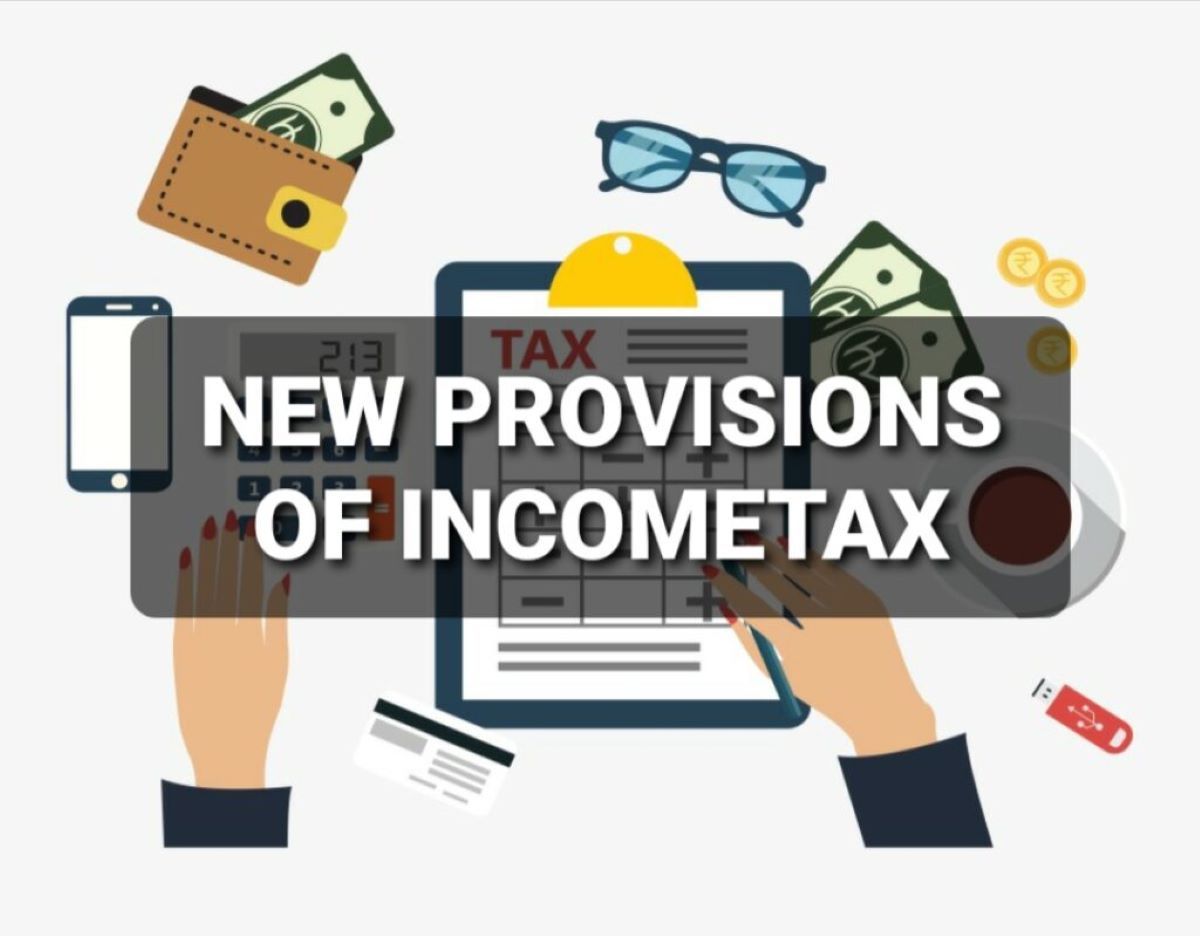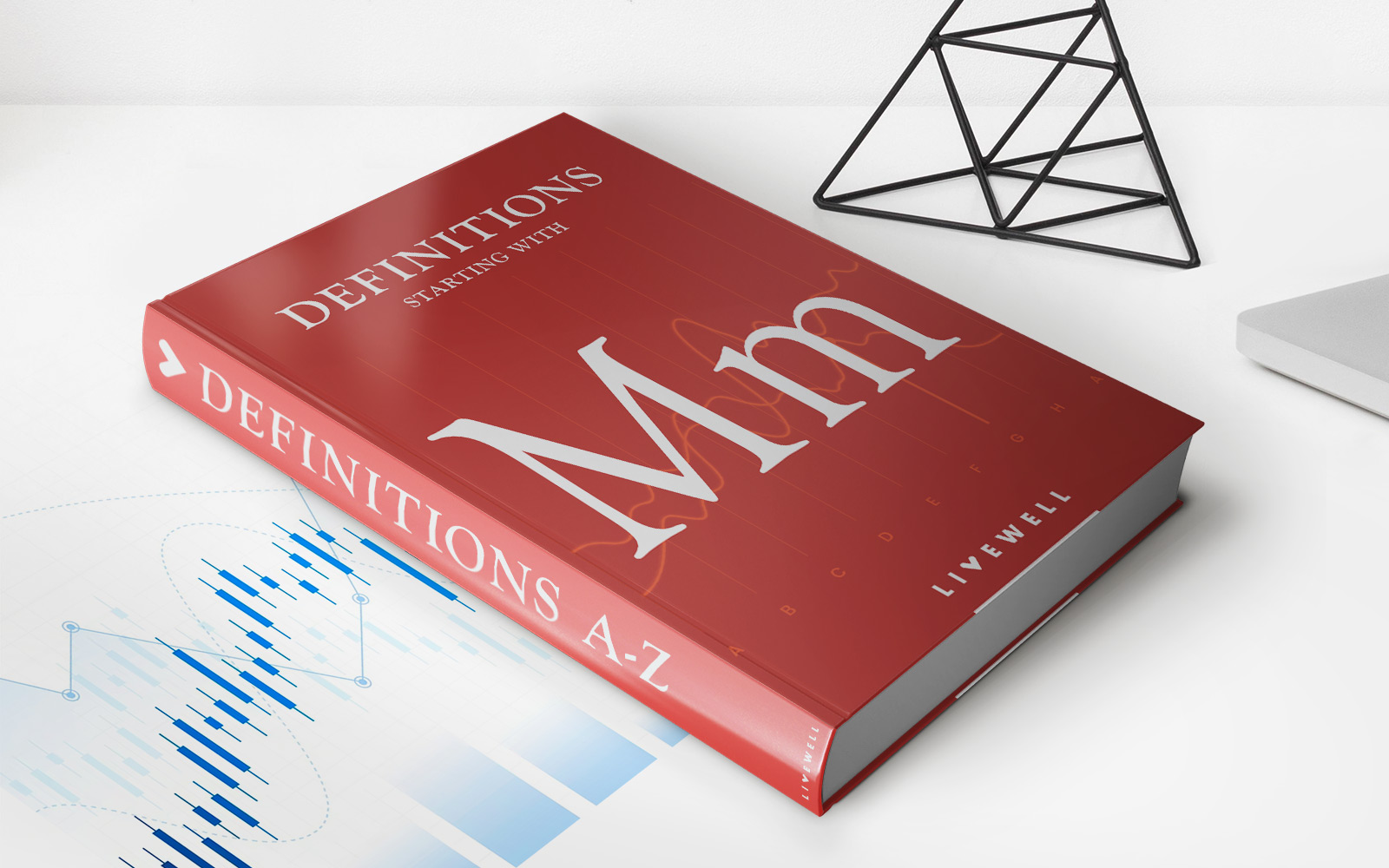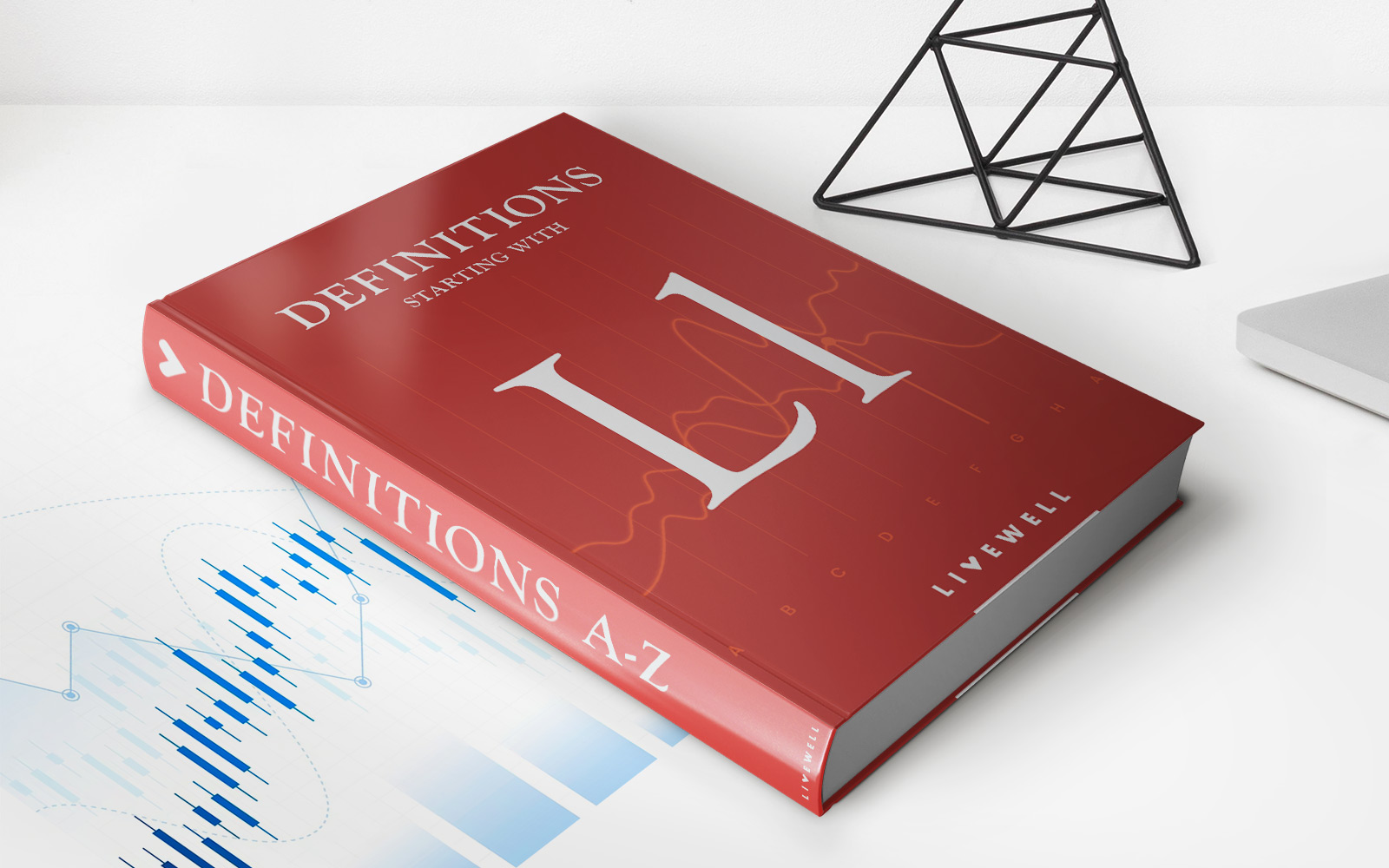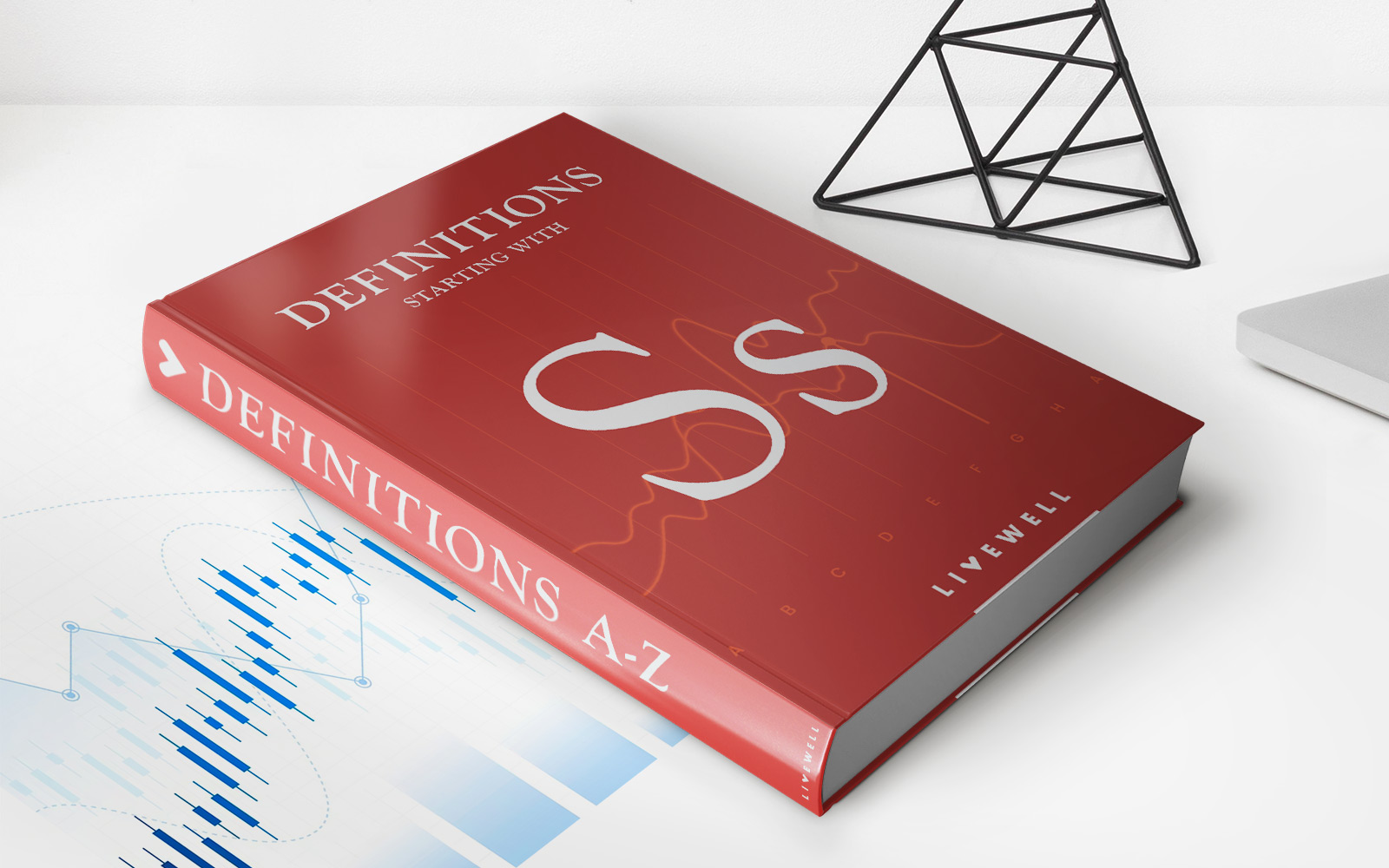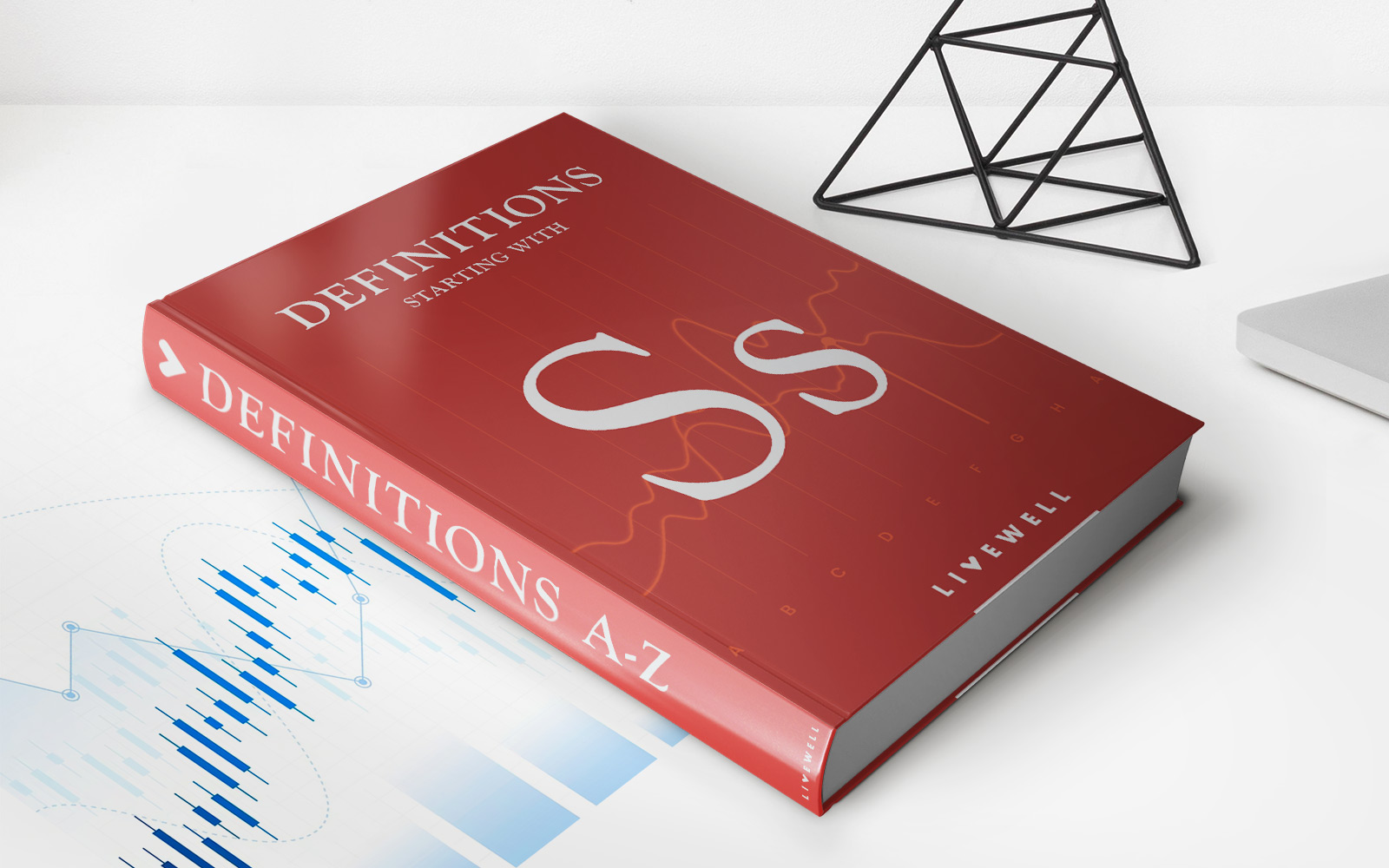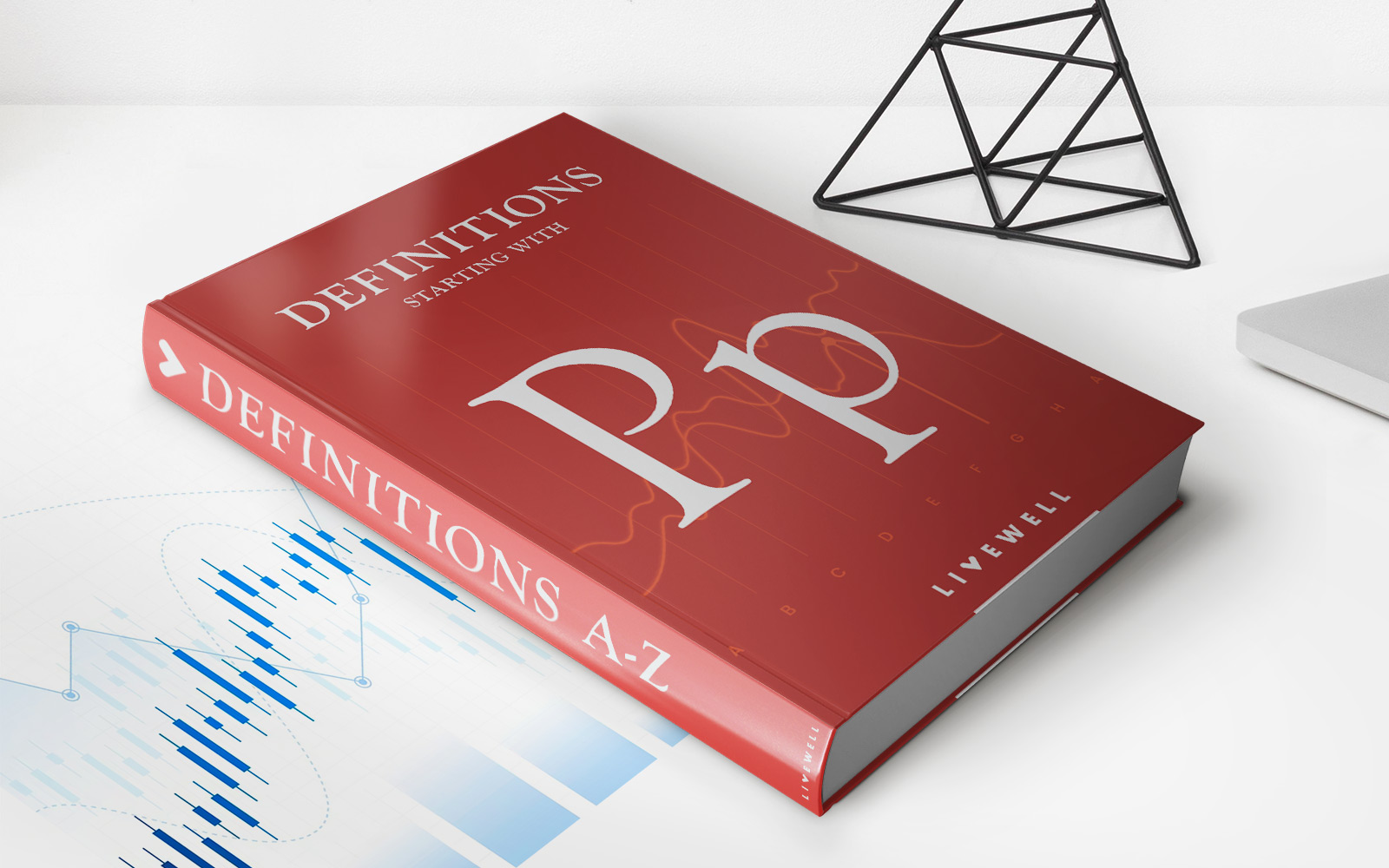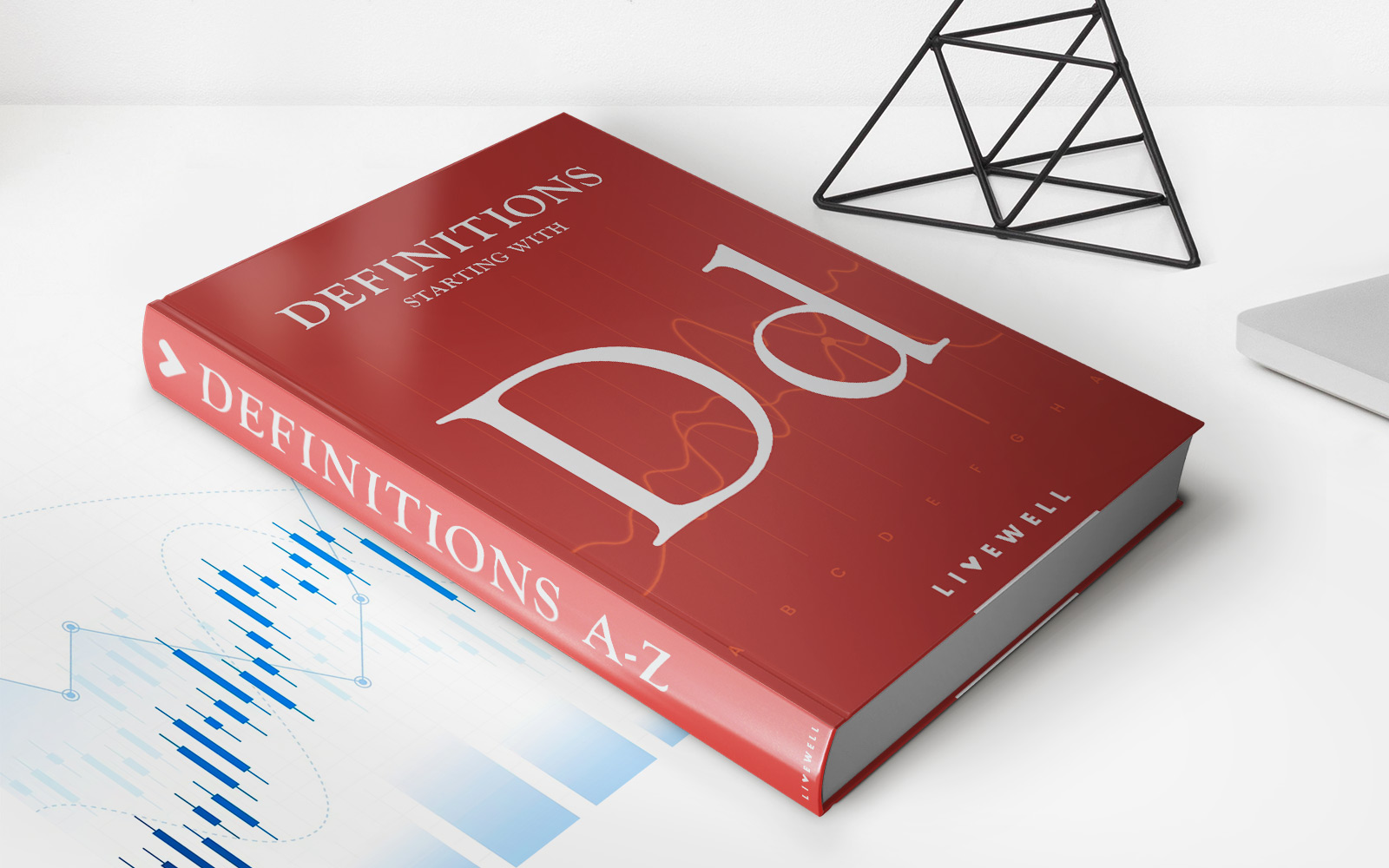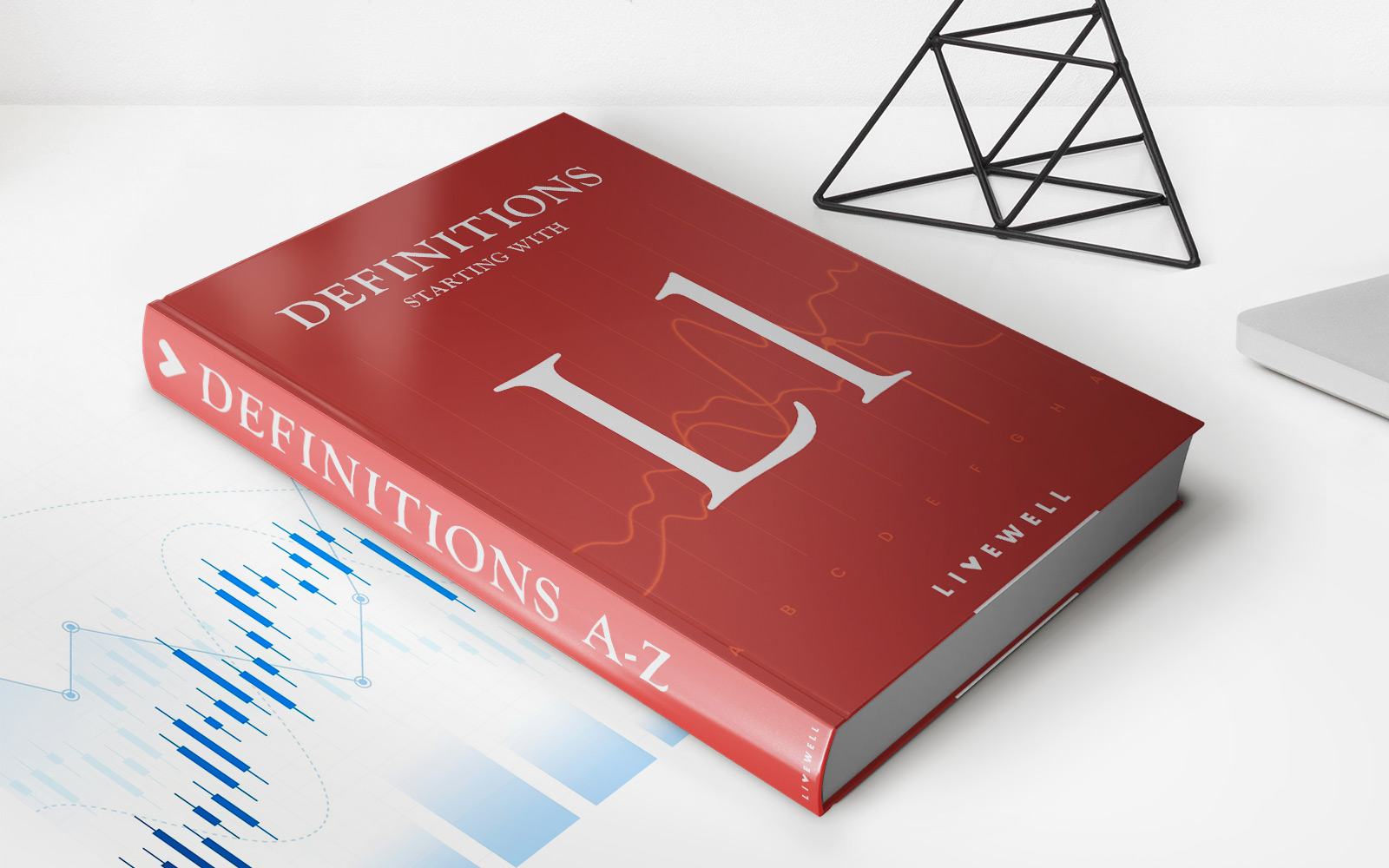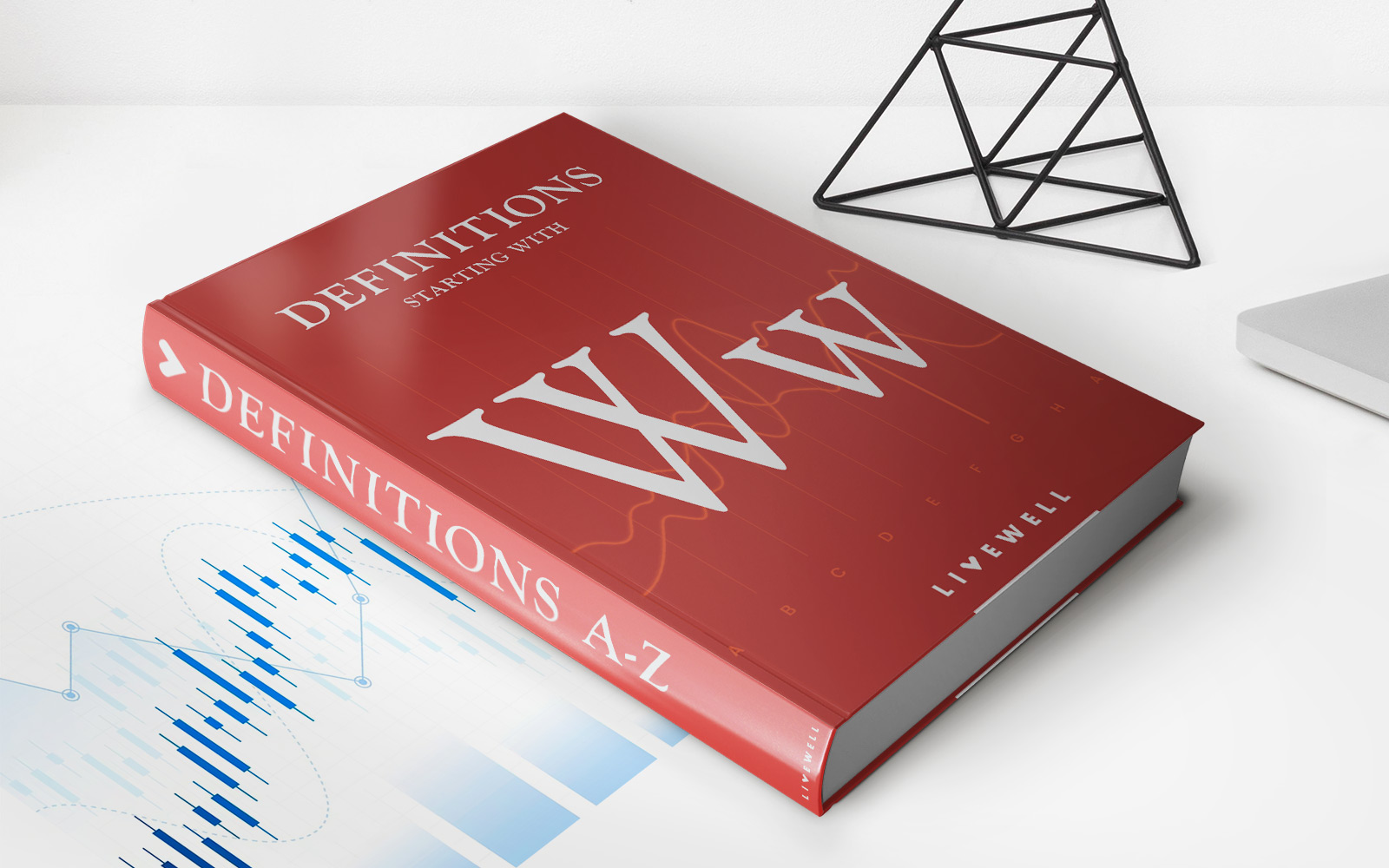

Finance
What Are Provisions In Accounting
Published: October 9, 2023
Learn about provisions in accounting and their importance in finance. Understand how provisions impact financial statements and help companies accurately report their financial position.
(Many of the links in this article redirect to a specific reviewed product. Your purchase of these products through affiliate links helps to generate commission for LiveWell, at no extra cost. Learn more)
Table of Contents
Introduction
When it comes to accounting, provisions play a crucial role in accurately representing a company’s financial position. Provisions are an essential concept in financial reporting, representing estimated future liabilities or expenses that a company may have to face. They are used to ensure that financial statements provide a fair and accurate representation of a company’s financial performance.
In simple terms, provisions are set aside by a company to account for potential future expenses or liabilities that are likely to occur. These can include expenses such as legal claims, product warranties, contractual obligations, restructuring costs, or any uncertain events that may result in an outflow of economic benefits.
Provisions are different from regular expenses because they represent future obligations that are uncertain in terms of timing or amount. Therefore, recognizing provisions is crucial to reflect the financial position accurately and avoid any understatement of liabilities.
In this article, we will explore the concept of provisions in accounting, including their definition, recognition criteria, measurement methods, accounting treatment, and disclosure requirements. We will also discuss the impact of provisions on financial statements and the responsibility of management in assessing and accounting for provisions.
Definition of Provisions
In accounting, provisions refer to estimated future obligations or liabilities that a company anticipates it will have to incur. They are recorded on a company’s financial statements to ensure that the financial position is accurately represented, taking into account potential future expenses or losses.
Provisions are different from actual expenses because they are based on estimates and uncertainty. They are recognized when there is a present obligation (legal or constructive) as a result of a past event, it is probable that an outflow of resources will be required to settle the obligation, and a reliable estimate of the amount can be made.
There are various types of provisions that a company may establish, including:
- Legal Provisions: These provisions are made to account for pending litigation or any legal claims that the company is involved in.
- Product Warranty Provisions: Companies often provide warranties on their products. Provisions are established to account for the potential costs associated with product repairs or replacements covered under the warranty.
- Restructuring Provisions: In situations where a company undergoes significant organizational changes, such as mergers, acquisitions, or downsizing, provisions are made to cover the costs of employee severance, asset impairment, or contract termination.
- Deferred Tax Provisions: These provisions are related to the potential future tax liabilities that may arise due to temporary differences between accounting and tax rules.
- Environmental Provisions: Companies may set aside provisions to cover the costs of environmental remediation and compliance with environmental regulations.
It is important to note that provisions are not common everyday expenses but rather future obligations that are uncertain in terms of timing or amount. They are recognized to ensure that financial statements provide a true and fair view of a company’s financial position, taking into account potential future liabilities.
Recognition Criteria for Provisions
In order to recognize a provision in the financial statements, certain criteria must be met. These criteria are established to ensure that provisions are only recognized when there is a high probability of a future outflow of economic resources.
The recognition criteria for provisions include:
- Past Event: There must be a past event that has created a legal or constructive obligation for the company. This means that the company has a present obligation as a result of a past event, such as a contractual agreement, legislation, or business practice.
- Probable Outflow of Resources: It must be probable that an outflow of economic benefits will be required to settle the obligation. This criterion indicates that it is more likely than not that the company will incur an expense in the future.
- Reliable Estimate: The amount of the provision must be reliably estimable. This means that the company should be able to make a reasonable and unbiased estimate of the future obligation. It is essential to use the best available information and consider all relevant factors, such as expert opinions or historical data, to determine the amount of the provision.
These recognition criteria ensure that provisions are only recognized when there is a high level of certainty regarding the future obligation. It prevents companies from recognizing provisions for speculative or remote future events that may not materialize.
It is important to note that the recognition of provisions requires judgment and estimation. Companies need to carefully assess the circumstances and consult relevant experts to determine whether the recognition criteria are met. The decision to recognize a provision should be based on evidence and supported by reliable information.
By adhering to the recognition criteria, companies can ensure that provisions are recognized appropriately, providing a true and fair view of their financial position and performance.
Measurement of Provisions
Once a provision is recognized, the next step is to measure its amount. The measurement of provisions involves estimating the future outflow of economic benefits required to settle the obligation.
There are two key components in the measurement of provisions:
- Probability Weighting: The amount of a provision should reflect the most likely outcome of the event. This means that the estimated outflow should be probability weighted, taking into account different possible scenarios and their likelihood of occurrence. The company should consider a range of possible outcomes and assign probabilities to each scenario based on available information and expert judgment.
- Discounting: Provisions may need to be discounted in order to reflect the time value of money. This is particularly applicable to long-term provisions that are expected to be settled in the future. Discounting adjusts the amount of the provision to present value, taking into consideration the time value of money and the expected period until settlement. The discount rate used should reflect the current market assessment of the time value of money and the risks specific to the liability.
The measurement of provisions requires careful judgment and estimation. Companies should consider all available information, including historical data, industry trends, and expert opinions, to make a reliable estimate. It is important to use the best available information at the time of measurement and regularly review and update the provisions as new information becomes available.
It is worth noting that the measurement of provisions is subject to certain inherent uncertainties. Future events and circumstances may unfold differently than anticipated, which can impact the actual amount required to settle the obligation. Therefore, it is important for companies to regularly reassess and adjust their provisions based on new information and changing circumstances.
By appropriately measuring provisions, companies can ensure that their financial statements reflect a reliable estimate of the future outflow of economic resources required to settle the obligation. This provides transparency and helps stakeholders make informed decisions based on the company’s financial position and potential future liabilities.
Examples of Provisions
Provisions can take various forms depending on the nature of the obligations or liabilities that a company may face in the future. Here are some common examples of provisions that companies may establish:
- Product Warranty Provisions: Companies that offer warranties on their products often establish provisions to account for potential future costs related to repairs, replacements, or refunds. These provisions are based on historical data, warranty claim rates, and the estimated costs of fulfilling warranty obligations.
- Litigation and Legal Provisions: When a company is involved in legal claims or pending litigation, provisions are established to account for the potential costs of legal defense, settlements, or judgments. The amount of these provisions is based on legal advice, assessments of the likelihood of success, and the estimated costs associated with the legal proceedings.
- Environmental Provisions: Companies operating in industries that have environmental impact may establish provisions to cover the costs of environmental remediation, pollution control, and compliance with environmental regulations. These provisions are based on assessments of the current environmental condition, the anticipated costs of remediation, and the company’s environmental commitments.
- Restructuring Provisions: Companies undergoing significant organizational changes, such as mergers, acquisitions, or downsizing, may establish provisions to account for the costs associated with employee severance, asset impairments, contract terminations, or relocation expenses. These provisions are based on detailed restructuring plans, estimates of the expected costs, and consultation with experts.
- Deferred Tax Provisions: Provisions may be established to account for potential future tax liabilities that may arise due to temporary differences between the accounting and tax recognition of income and expenses. These provisions are based on the applicable tax laws, tax rates, and the company’s assessment of the likelihood of incurring such tax liabilities in the future.
These are just a few examples of provisions that companies may encounter in their financial reporting. The specific types of provisions established by a company depend on its industry, operational activities, and regulatory environment.
By establishing provisions for these potential future obligations, companies can ensure that their financial statements accurately reflect the potential liabilities they may face. This helps to provide a more comprehensive and reliable picture of a company’s financial performance and position.
Accounting Treatment for Provisions
Provisions are accounted for in accordance with generally accepted accounting principles (GAAP) or International Financial Reporting Standards (IFRS). The accounting treatment for provisions involves recognition, measurement, and subsequent changes in the provision amount.
When a provision is recognized, it is recorded as a liability on the balance sheet and an expense on the income statement. The amount of the provision is determined based on the recognition criteria and the estimated future outflow of economic resources required to settle the obligation.
Provisions are typically classified as current liabilities if they are expected to be settled within one year or the normal operating cycle, whichever is longer. If the settlement of the provision is expected to extend beyond one year, it would be classified as a long-term liability.
Subsequent changes to the provision amount are recognized in the financial statements when they occur. If it is determined that the provision needs to be increased, the additional amount is recognized as an expense in the income statement and added to the existing provision on the balance sheet. If, on the other hand, it is determined that the provision needs to be reduced, the decrease is recognized as a gain in the income statement and deducted from the existing provision on the balance sheet.
It is important to note that provisions are subject to regular review and reassessment. They should be adjusted if there are changes in the estimated future obligation or if new information becomes available that affects the provision amount. However, any adjustments to provisions should not result in the recognition of gains or losses, as this could potentially distort the financial statements.
The accounting treatment for provisions requires careful judgment and estimation. Companies should consider all relevant factors, consult experts when necessary, and use the best available information to ensure that provisions are recognized and measured accurately.
Disclosure Requirements for Provisions
Disclosure Requirements for Provisions
Disclosure requirements for provisions are an important aspect of financial reporting, as they provide transparency and insight into a company’s potential future liabilities. Companies are required to disclose information about provisions in their financial statements and accompanying notes to ensure that users of the financial statements have a complete understanding of the nature and impact of these obligations.
The disclosure requirements for provisions typically include:
- Nature of the Provision: Companies are required to provide a description of the nature of each significant provision established. This helps users of the financial statements understand the specific obligations or liabilities that the provisions are intended to cover.
- Timing and Amount: Companies must disclose the timing and amount of the provision. This includes information about when the provision was established, any subsequent changes to the provision, and the estimated future years in which the provision is expected to be settled. Additionally, companies should disclose the carrying amount of provisions at the beginning and end of the reporting period.
- Measurement Basis: Companies should disclose the measurement basis used to determine the amount of the provision. This may include information about the probability weighting, discounting, and other estimation techniques used in measuring the provision.
- Contingent Liabilities: If there are any contingent liabilities, which are potential obligations that may arise from uncertain future events, companies need to disclose them. This helps users understand the potential impact of uncertain events on the company’s financial position.
- Legal and Contractual Obligations: Companies should provide information about any material legal or contractual obligations that exist but have not resulted in the recognition of provisions. This helps users understand the potential future liabilities that the company may face.
Disclosure requirements for provisions aim to provide transparency and give users of financial statements a clear understanding of a company’s potential future obligations and liabilities. This allows stakeholders to make informed decisions by considering the possible impact of provisions on a company’s financial position, performance, and cash flows.
It is important for companies to comply with these disclosure requirements and provide meaningful and comprehensive information about their provisions. This promotes transparency and helps users of financial statements in assessing the risks and uncertainties associated with a company’s future obligations.
The impact of provisions on the financial statements will be discussed in the next section.
Impact of Provisions on Financial Statements
Provisions have a significant impact on a company’s financial statements as they represent estimated future liabilities or expenses. The recognition and measurement of provisions affect the balance sheet, income statement, and cash flow statement.
On the balance sheet, provisions are recorded as a liability, reducing the company’s equity. Provisions are typically classified as current or long-term liabilities, depending on the expected timing of settlement. By recognizing provisions, the company reflects its potential obligations and ensures a more accurate representation of its financial position.
On the income statement, provisions are recognized as an expense. This reduces the company’s net income for the reporting period. Provisions are usually reported as a separate line item, allowing users of financial statements to identify and understand the impact of these potential future liabilities on the company’s profitability.
Provisions also impact the cash flow statement. When a provision is settled, the payment or outflow of economic resources is reflected as a cash outflow in the operating or financing activities section of the cash flow statement. This reduces the company’s cash balance and affects the cash flow from operating or financing activities.
The impact of provisions on the financial statements should be carefully considered by stakeholders. Large or significant provisions may indicate potential risks and uncertainties that could affect the company’s financial stability and ability to meet its obligations.
Furthermore, the reliable estimation of provisions is crucial. If the amount of provisions is underestimated, it could result in an understatement of liabilities and overstatement of profits. On the other hand, if provisions are overestimated, it may lead to an overstatement of liabilities and understatement of profits. Companies need to exercise judgment and regularly review and update their provisions to ensure their accuracy.
Overall, provisions have a substantial impact on the financial statements. They provide insight into a company’s potential future liabilities and help users of financial statements understand the risks and uncertainties it faces. By adhering to accounting standards and accurately recognizing, measuring, and disclosing provisions, companies can provide a clearer and more transparent picture of their financial performance and position.
Management’s Responsibility for Provisions
Management plays a critical role in the recognition, measurement, and disclosure of provisions. They are responsible for assessing and accounting for the company’s potential future liabilities and ensuring that the financial statements provide a true and fair view of the company’s financial position.
Management’s responsibilities for provisions include:
- Identification of Obligations: Management is responsible for identifying and assessing potential obligations or liabilities that may require the establishment of provisions. This involves evaluating contractual, legal, and other factors that could give rise to future obligations that meet the recognition criteria.
- Estimation of Provision Amount: Management is responsible for estimating the amount of the provision based on the best available information and reliable estimation techniques. This requires careful judgment and consideration of factors such as historical data, industry trends, expert opinions, and potential future events.
- Review and Updating of Provisions: Management is responsible for regularly reviewing and updating the provisions to ensure their accuracy. If there are changes in the circumstances or new information becomes available, management should reassess and adjust the provisions accordingly.
- Disclosure Requirements: Management is responsible for complying with the disclosure requirements for provisions. This includes providing meaningful and comprehensive information in the financial statements and accompanying notes to help users understand the nature, timing, and amount of the provisions.
- Internal Controls and Documentation: Management is responsible for establishing and maintaining effective internal controls over provisions. This includes implementing processes and procedures to ensure the accurate recognition, measurement, and disclosure of provisions. Additionally, management should document the rationale, assumptions, and estimation techniques used in determining the provision amount.
Management’s diligent execution of these responsibilities is crucial to ensure the reliability and integrity of the financial statements. By upholding their responsibilities, management provides stakeholders with transparent and reliable information to make informed decisions about the company’s financial performance and position.
It is important to note that auditors also play a role in evaluating the reasonableness of management’s provisions. They conduct independent reviews and assessments to ensure compliance with accounting standards and ascertain if the provisions are accurately stated and properly disclosed.
Overall, management’s responsibility for provisions underscores the importance of their role in financial reporting. By adhering to accounting standards, exercising judgment, and ensuring transparency, management contributes to the credibility and usefulness of the financial statements.
Conclusion
Provisions are a vital aspect of financial reporting, allowing companies to account for potential future liabilities or expenses. They ensure that financial statements provide a fair and accurate representation of a company’s financial position, allowing stakeholders to make informed decisions.
In this article, we have explored the concept of provisions in accounting, including their definition, recognition criteria, measurement methods, accounting treatment, and disclosure requirements. We have seen that provisions represent estimated future obligations or liabilities that are uncertain in terms of timing or amount. The recognition and measurement of provisions require careful judgment and estimation, taking into account the probability weighting and potential time value of money.
Examples of provisions include product warranties, legal claims, environmental obligations, restructuring costs, and deferred taxes. Companies must disclose information about their provisions in the financial statements and accompanying notes to provide transparency and insight into potential future liabilities.
Provisions have a significant impact on the financial statements, affecting the balance sheet, income statement, and cash flow statement. They are recorded as liabilities, recognized as expenses, and settled through a cash outflow when the obligations are fulfilled.
Management bears the responsibility for provisions, including their identification, estimation, review, and disclosure. By diligently executing these responsibilities and adhering to accounting standards, management ensures the accuracy, reliability, and transparency of the financial statements.
Overall, provisions are an essential component of financial reporting, reflecting a company’s potential future obligations. Understanding the concept, recognition criteria, and accounting treatment for provisions is crucial for investors, creditors, and other stakeholders in evaluating a company’s financial health and potential future risks.
By properly recognizing, measuring, and disclosing provisions, companies can provide stakeholders with relevant and reliable information to make sound financial decisions. Provisions enhance the transparency and integrity of financial statements and contribute to the overall credibility of a company’s financial reporting.
